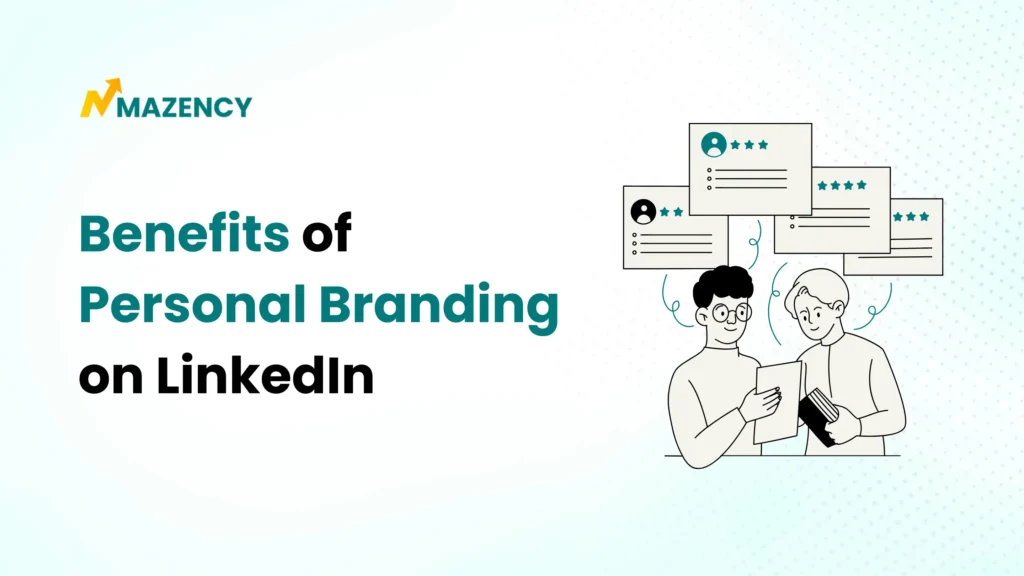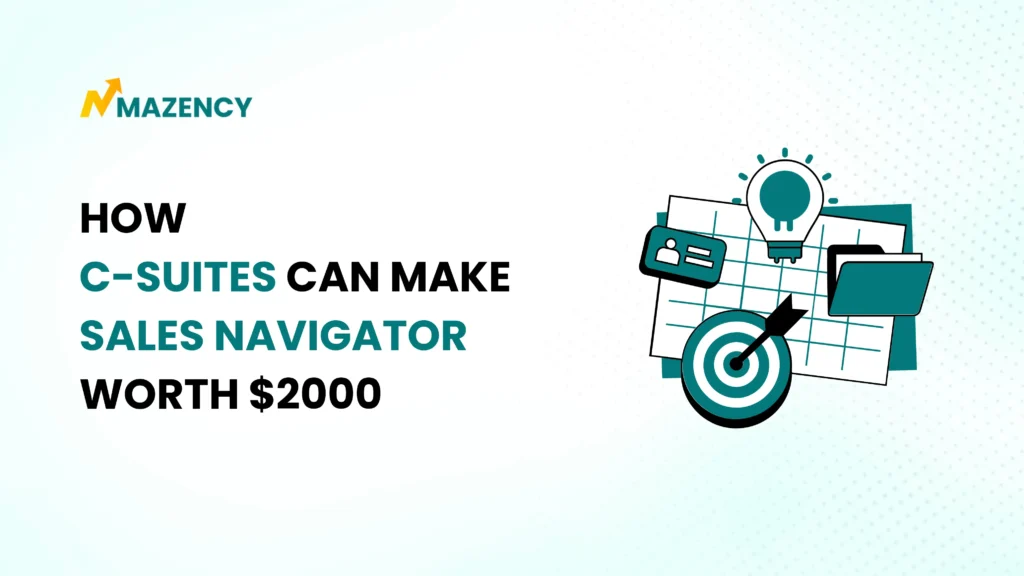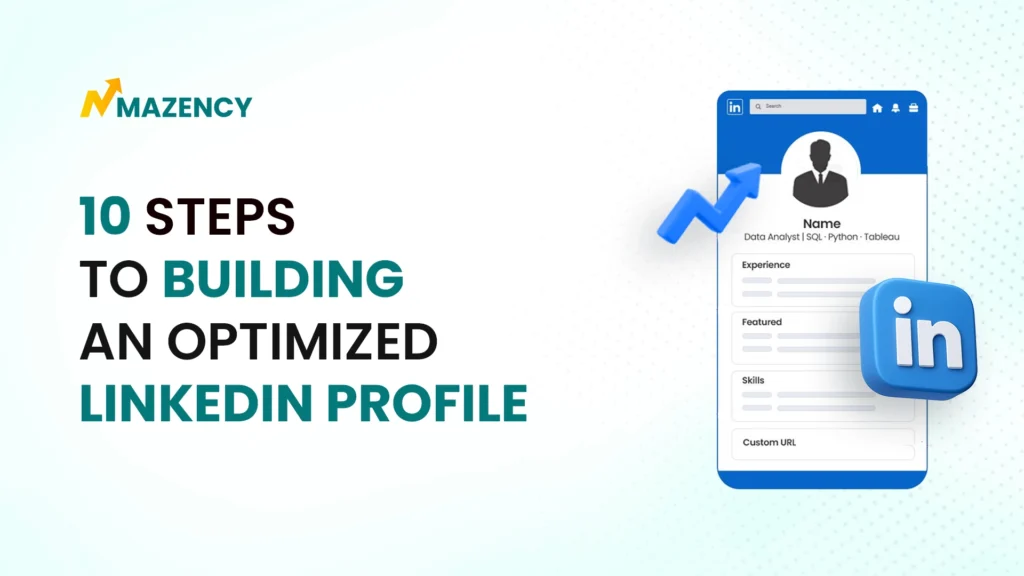The Real Benefits of Personal Branding on LinkedIn

The Real Benefits of Personal Branding on LinkedIn LinkedIn today isn’t just a job-hunting platform. It’s the world’s largest professional stage. And if you want to stand out, generate inbound leads, and be seen as an authority—personal branding is no longer optional. Here’s why investing in your LinkedIn personal brand pays off: 1. Authority & Trust People don’t buy from profiles. They buy from people they trust. A strong personal brand turns you into an industry voice. When prospects see consistency in your content and positioning, trust compounds. 2. Inbound Opportunities Instead of chasing clients, recruiters, or partners— they come to you. A well-positioned profile + consistent content acts like a magnet. Opportunities flow in the form of collaborations, sales, partnerships, or speaking gigs. 3. Stronger Network LinkedIn is about leverage. Your brand attracts the right people—decision-makers, executives, peers in your niche. That means fewer random connections, and more meaningful, growth-driven relationships. 4. Career & Business Growth For professionals → career visibility = better roles, faster promotions. For founders/executives → brand visibility = more leads, more talent, more trust in the market. Either way, the ROI compounds over time. 5. Consistency Beats Competition Most people post once, then quit. Your consistency becomes your competitive advantage. A recognizable personal brand makes you harder to ignore—and harder to replace. Personal branding on LinkedIn isn’t about showing off. It’s about clarity: Who you are What you do Why you’re the right choice When done right, it builds authority, opportunities, and long-term growth—all without chasing.
Executive Guide: How C-Suites Can Make Sales Navigator Worth $2000

Table of Contents The $2000 Subscription Problem Why Boolean Logic is a C-Suite Secret Weapon 5 Operators That Unlock Precision 6 Filters Smart Leaders Never Ignore The Formula: Boolean + Filters How AI Removes the Guesswork Costly Mistakes to Watch Out For Final Word: From Search Tool to Growth Engine The $2000 Subscription Problem Why Boolean Logic is a C-Suite Secret Weapon 5 Operators That Unlock Precision 6 Filters Smart Leaders Never Ignore The Formula: Boolean + Filters How AI Removes the Guesswork Costly Mistakes to Watch Out For Final Word: From Search Tool to Growth Engine 1. The $2000 Subscription Problem Let’s be honest. Most executives pay for Sales Navigator and then use it like a basic search upgrade. They type job titles. They click a few filters. And they wonder why nothing changes. Result: Endless irrelevant profiles. Inboxes full of silence. Zero ROI. 👉 The truth? Navigator isn’t broken. The way it’s used is. 2. Why Boolean Logic is a C-Suite Secret Weapon (image) Boolean search is not about being “techy.” It’s about being precise. Think of it like a strategy session: Define who you want. Define who you don’t want. Tell LinkedIn the difference. Instead of drowning in 200,000 random profiles, you cut to 500 leaders who are actually worth your time. 3. 5 Operators That Unlock Precision (image) AND → Narrow with intent CEO AND “B2B SaaS” → Only CEOs tied to SaaS. OR → Capture variations CEO OR Founder OR “Chief Executive”. NOT → Remove noise CEO NOT “Assistant”. Quotes → Lock exact phrases “Vice President of Sales”. Parentheses → Build logic (CEO OR Founder) AND (“B2B SaaS” OR “software as a service”) NOT freelancer. Used well, these five turn LinkedIn from chaos into clarity. 4. 6 Filters Smart Leaders Never Ignore Changed Jobs (90 days) → New leaders are actively resetting priorities. Posted Recently (30 days) → Only 1% of LinkedIn creates content. These are engaged. Connections of Connections → Warm intros convert 10x better than cold emails. Groups → Shared interest = instant credibility. Viewed Your Profile → These people already showed intent. Years in Role → Target leaders with 2–7 years of authority. 5. The Formula: Boolean + Filters Example query: (CEO OR Founder OR “Chief Executive”) AND (“B2B SaaS” OR “software as a service”) NOT (freelancer OR consultant) Now layer on filters: Changed Jobs (90 days). Posted Recently. Connections of Connections. 👉 Outcome: From 200,000 results → 568 prospects who actually reply. This is where Navigator starts paying for itself. (image) 6. How AI Removes the Guesswork Most leaders don’t have the patience to write Boolean strings. That’s fine. Use AI tools like ChatGPT. Prompt example: “Find CEOs or Founders of B2B SaaS companies with 10–200 employees. Exclude freelancers.” AI creates the query. Explains the logic. Saves you hours. 7. Costly Mistakes to Watch Out For ❌ Overstuffing AND → kills reach. ❌ Forgetting quotes → messy results. ❌ Ignoring “Posted Recently” → wasted outreach. ❌ Filtering only by title/size → weak targeting. ❌ Quitting too soon → no optimization, no pipeline. 8. Final Word: From Search Tool to Growth Engine Sales Navigator isn’t just another LinkedIn add-on. Done wrong → it’s a $2000 drain. Done right → it’s a predictable pipeline engine. Boolean = Precision. Navigator = Timing. AI = Scale. Together → authority, conversations, and revenue. 👉 Watch a Free Masterclass: LinkedIn Profile Optimization Hacks → Get the Hacks
10 Steps to Building an Optimized LinkedIn Profile

Your LinkedIn profile isn’t just a rresume—it’s a growth asset. Whether you’re a professional, executive, or entrepreneur, an optimized profile builds authority, attracts opportunities, and signals credibility. Here’s a simple roadmap to take your LinkedIn presence from ordinary to strategic. 1. Cover Image Don’t waste your banner space. Add a tagline, quick explainer, social proof, or even a subtle call-to-action (CTA). This is the first visual cue of your brand. 2. Profile Photo Zoom closer than you think. People should actually recognize your face while scrolling. A professional, approachable headshot builds instant trust. 3. LinkedIn Premium Optional, but powerful. It shows you’re serious about networking and gives you visibility into who’s viewing your profile. 4. Verification A blue check boosts trust. According to LinkedIn, it can increase visits by up to 60%. Verification adds credibility at a glance. 5. Your Bio You have three seconds to make an impression. State who you are, what you do, and who you help—plus why they should trust you. Keep it sharp, clear, and human. 6. Custom Button Direct visitors to your main CTA. Whether it’s booking a call, downloading a guide, or visiting your website—make it easy for people to take action. 7. About Section Lead with credibility. Spark curiosity, share your story in the first person, and explain what makes you different. This is where personality meets positioning. 8. Services Section Showcase your services, collect reviews, and make it effortless for people to request to work with you. Social proof here can close the gap between interest and decision. 9. Featured Posts Use this space to highlight your best work: your main CTA, a lead magnet, or a high-performing post. Keep descriptions short so people can click through with ease. 10. Post Consistently Content fuels visibility. A regular posting cadence signals that you’re active, trustworthy, and worth following. Authority is built through consistency. An optimized LinkedIn profile is more than polish—it’s strategy. When each section works together, your profile becomes a funnel: attracting the right audience, building trust, and converting opportunities. If you haven’t reviewed your profile recently, start with these ten steps and turn it into a growth engine.
